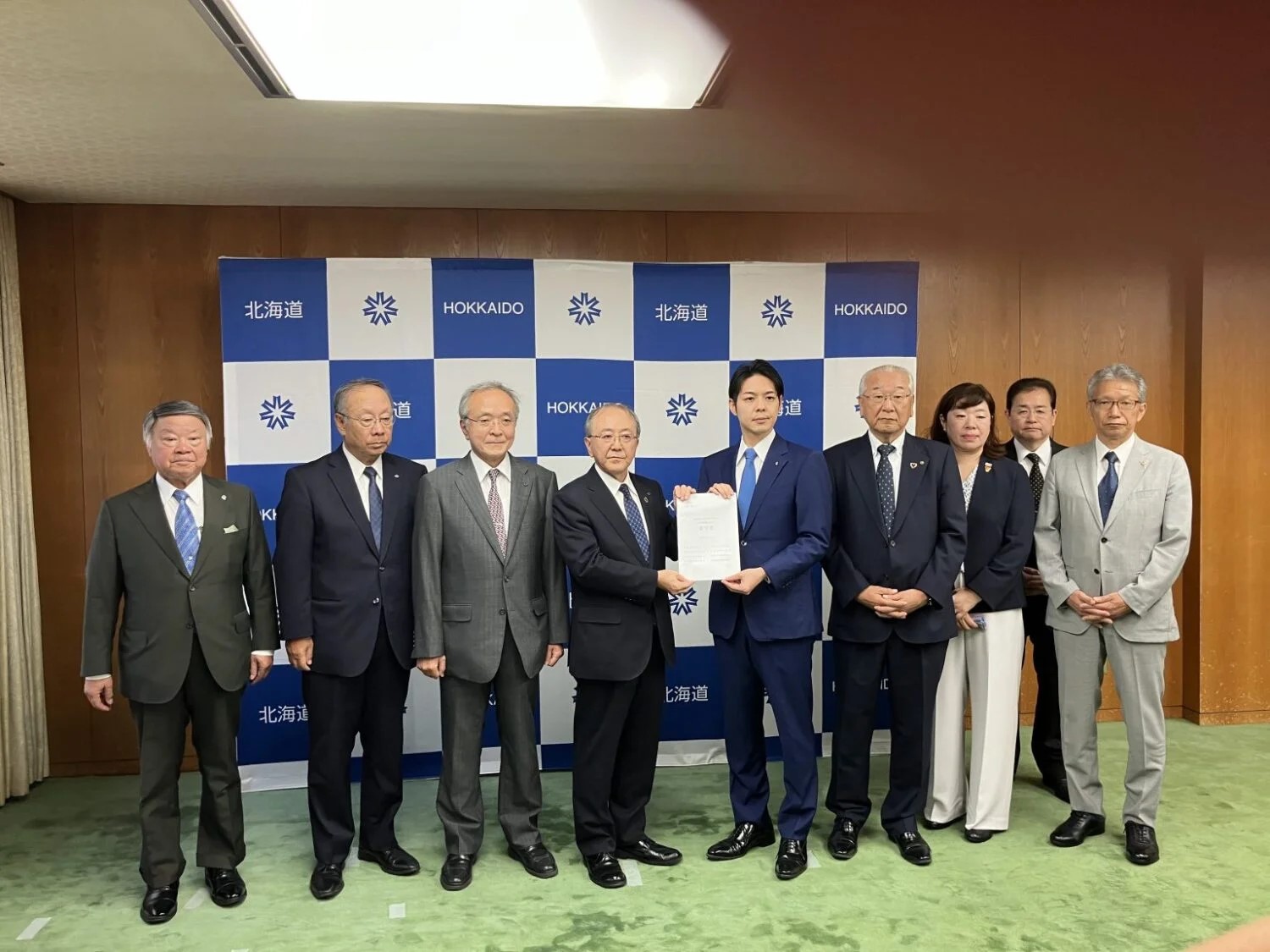After approval is given for a work plan for the main body of a plant, a five-year grace period is granted for the installation of the “specific safety facilities” required by the new regulatory standards. Nationwide, the Sendai-1 was the first to restart, in 2015. Specific safety facilities there are also the first to be operated.
Sendai-1 entered a periodic inspection one day prior to the deadline of March 17 for the installation of the facilities at the unit. Initially, its operation had been scheduled to resume on December 26 of this year, but it will start one month earlier thanks to the faster than expected work on the specific safety facilities.
The Sendai-2 similarly entered a periodic inspection on May 20 of this year, and is also scheduled to resume operation on December 26, once its specific safety facilities are completely installed.
Although details of specific safety facilities are not disclosed for security reasons, they include the installation and positioning of emergency control rooms, power sources, water-injection pumps, etc. away from the reactor buildings, with the aim of preventing damage to the reactor containment vessels if major damage occurs.
Elsewhere, deadlines passed in October for the installation of specific safety facilities at the Takahama-3 and -4, owned and operated by the Kansai Electric Power Co. (Kansai EP), and both are now undergoing periodic inspections.
On October 7, the Nuclear Regulation Authority (NRA) gave approvals for their specific safety facilities of revisions to operational safety programs, including training items. Takahama-3 and -4 are expected to be back online, respectively, in mid-January and mid-February 2021.



-049.jpg)
.jpg)







